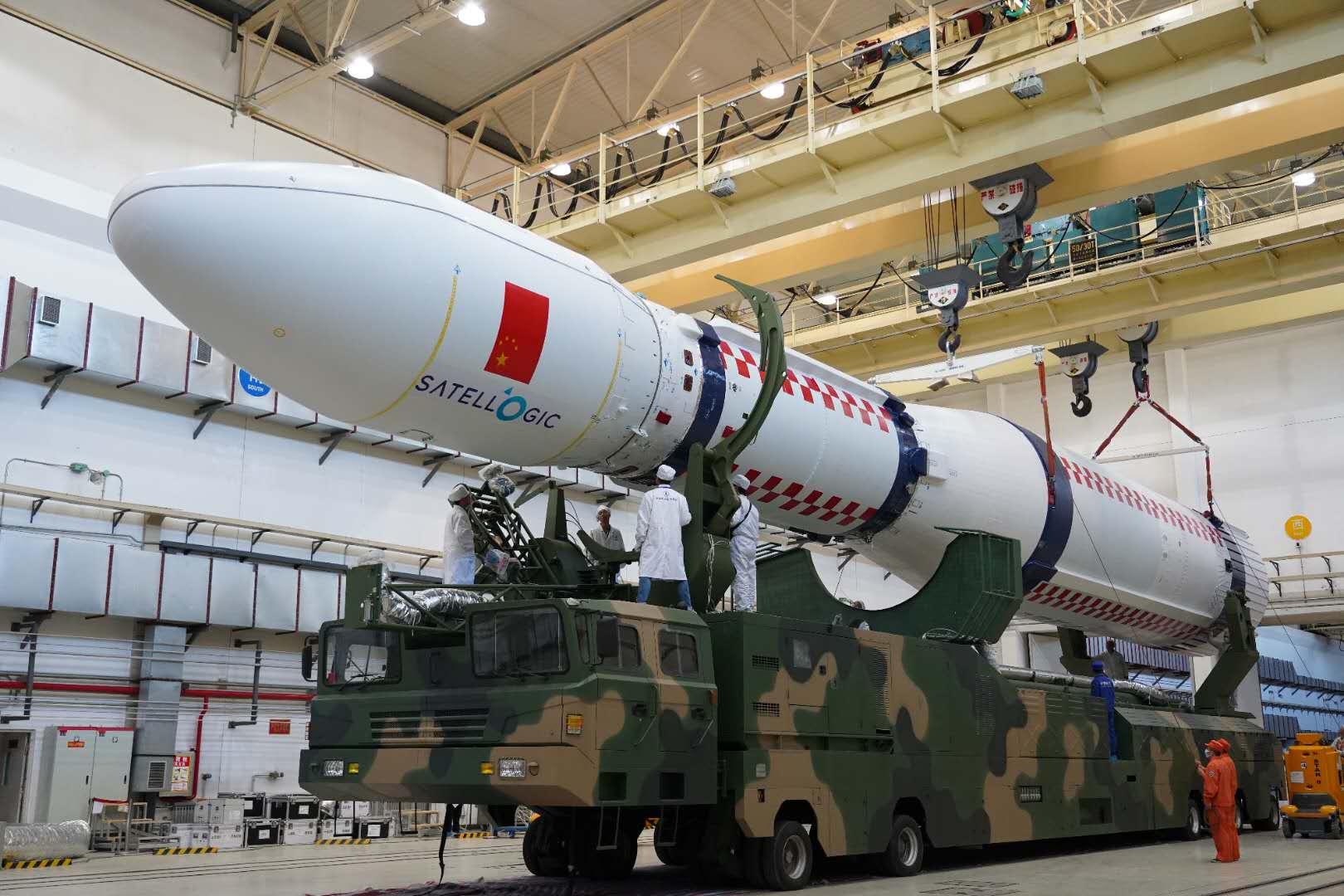‘Four services and four arms’ lifts CCP control over information warfare
Posted By Joe Keary on May 24, 2024 @ 11:00

The People’s Liberation Army (PLA) has undergone its largest restructure in nearly a decade, with Chinese President Xi Jinping placing key military organisations responsible for information warfare directly under the control of the Chinese Communist Party’s Central Military Committee (CMC).
On 19 April, the PLA Strategic Support Force (SSF) was officially disbanded. Established in December 2015, the short-lived SSF was focused on bringing together space, cyber and electronic warfare capabilities. Reporting directly to the CMC, it sought to achieve synergies between roles and capabilities related to the information domain. Now, three new forces have been created to replace it: the Aerospace Force (ASF), Cyberspace Force (CSF), and Information Support Force (ISF).
Xi also officially launched the ISF on 19 April. It will be responsible for construction and implementation of joint information support for the PLA (that is, communications facilitation rather than intelligence-related capabilities). While they are yet to be formally unveiled, the new Aerospace Force and Cyberspace Force are likely to be redesigns of the former SSF Aerospace Systems and Network Systems departments.
Together the three organisations will manage offensive and defensive PLA information capabilities, including communications networks, global and space-based ISR capabilities, offensive and defensive cyber and electronic warfare. They will operate alongside the Joint Logistics Support Force, which was established back in 2016.
Highlighting the concept of ‘four services and four arms’, PLA spokesman Senior Colonel Wu Qian said ‘with the latest reform, the PLA now has a new system of services and arms under the leadership and command of the CMC. There are four services, namely the Army, the Navy, the Air Force and the Rocket Force, and four arms, including the Aerospace Force, the Cyberspace Force, the Information Support Force and the Joint Logistic Support Force.’
So what does this all mean? Is this a change in nomenclature or does it represent something more significant? Typical for the opaque military system in China, no real explanation has been provided. China’s defense ministry described the creation of the three forces and disbandment of the SFF as ‘part of efforts to optimise the PLA’s overall force structure’.
While breaking down PLA intra-agency stovepipes is a likely motivation, the restructure also represents an effort to raise the profile of key PLA capabilities in an era in which information, space and cyber operations are increasingly important. The disbandment of the SSF has removed a level of bureaucracy between the CMC (which Xi chairs) and the three new forces (arms). It allows the CMC direct visibility, management and resourcing of space, cyber and information capabilities in the PLA.
An article published in the PLA’s official newspaper on April 20 outlined that ‘victory in modern warfare is dictated by information dominance. Modern conflicts are competitions between systems and structures, where control over information equates to control over the initiative in war.’ Perhaps learning lessons from Russia’s invasion of Ukraine, the PLA no longer sees information warfare as a tactical or operational resource but as a strategic outcome, in which military operations support goals in the information domain. Placing the three new forces directly under the control of China’s Central Military Commission reflects this emphasis.
The fact that Chinese President Xi Jinping personally presented the ISF with a military banner at its inauguration demonstrates his personal interest and investment. He described the ISF as ‘a new, strategic branch of the military’ and said it will ‘play a crucial role in advancing the Chinese military’s high-quality development and competitiveness in modern warfare’.
Commentators have suggested other motivations for the reorganisation. This includes CMC dissatisfaction with the performance of the SSF, including its failure to deliver expected efficiencies. Others have pointed to possible corruption within the SSF or suggested that the SSF may have always been a transitory organisation, intended to develop disparate elements of the PLA. Any or all of these factors could be at play.
It will take time to fully understand the impact of the redesign and the exact activities that each new force will undertake. Regardless, we can remain assured that dominance in information warfare will remain a key goal for Xi Jinping, the CMC and the PLA. This is important to consider as Australia looks to its own interactions with the PLA, including the recent unsafe interactions in the East China Sea.
Article printed from The Strategist: https://aspistrategist.ru
URL to article: /four-services-and-four-arms-lifts-ccp-control-over-information-warfare/
Click here to print.